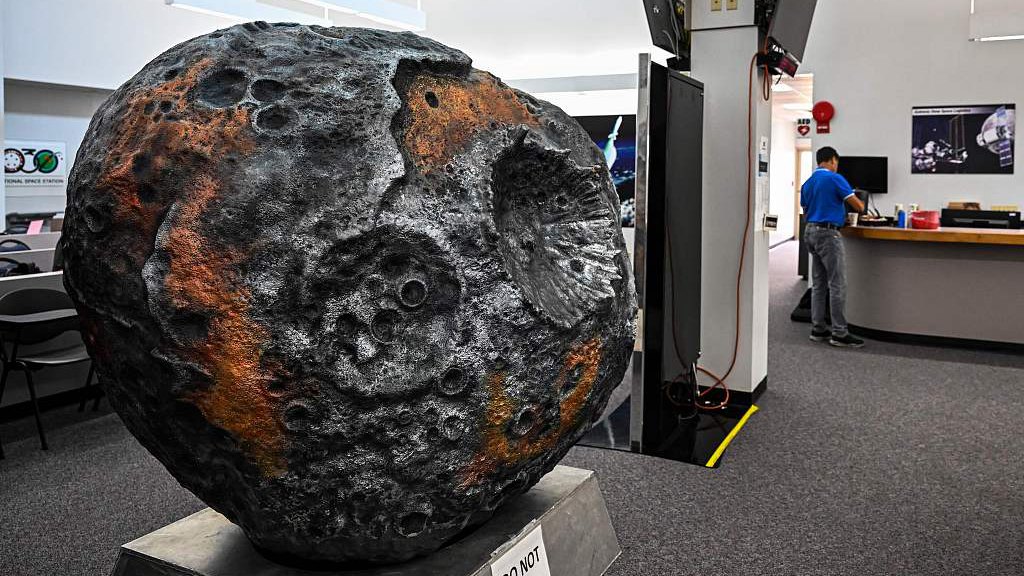Nasa has successfully launched its Psyche spacecraft on a mission to study the largest of the metal-rich asteroids in the solar system, believed to have been formed 4.5 billion years ago.
The spacecraft will take six years to reach a metal-rich asteroid that could have been formed from the remains of an early planet’s core.
The probe took off from the Kennedy Space Center in Florida inside the cargo bay of a SpaceX Falcon Heavy rocket. Its journey has been estimated to be 2.2 billion miles long (3.5 billion km), taking approximately six years.
The mission is expected to provide scientists with clues of the Earth’s formation.
“It’s long been humanity’s dream to go to the metal core of our Earth. I mean, ask [author] Jules Verne,” said lead scientist Lindy Elkins-Tanton, Arizona State University. “The pressure is too high. The temperature is too high. The technology is impossible. But there’s one way in our solar system that we can look at a metal core and that is by going to this asteroid.”
There have been previous missions to asteroids, but these have all focused on rocky or icy formations instead of metal ones such as Psyche, which shares a name with the probe.
The 16 Psyche asteroid was discovered in 1852 and named after the Greek goddess of the soul. It measures roughly 173 miles (279 km) across at its widest point and it is located in the outer portion of the main asteroid belt between Mars and Jupiter.
16 Psyche is said to be made from up to 60 per cent iron and nickel, according to telescopic observations. Scientists believe that it could have been created from the remains of a planet’s core.
Once the spacecraft arrives at 16 Psyche, it is expected to orbit the asteroid at various distances – the shortest being roughly 75km (47 miles) – in order to take pictures, map the metal world’s shape and decipher its composition.
“I am excited to see the treasure trove of science Psyche will unlock as Nasa’s first mission to a metal world,” said Nicola Fox, associate administrator for the Science Mission Directorate. “By studying asteroid Psyche, we hope to better understand our universe and our place in it, especially regarding the mysterious and impossible-to-reach metal core of our own home planet Earth.”
The mission has been led by Arizona State University on Nasa’s behalf at an estimated cost of $1.2bn (£985m).
The spacecraft is expected to swoop past Mars for a gravity boost in 2026, before reaching 16 Psyche in 2029, where it will remain for the following three years.
Currently, the world is facing a shortage of precious metals, particularly those vital for the making of consumer electronics such as phones, laptops and cars, as well as battery and hydrogen technology, causing chaos in supply chains. With only a finite supply of them on Earth, people are increasingly looking to space to meet this increased demand.
Last month, Nasa brought back 250g of rocks and dust collected from the asteroid Bennu as part of its Osiris-Rex mission – the largest asteroid sample ever collected.
E+T’s latest issue also explored the likelihood of asteroids hitting Earth, and some of the techniques that have been put in place to prevent this from occurring.
Agencies




